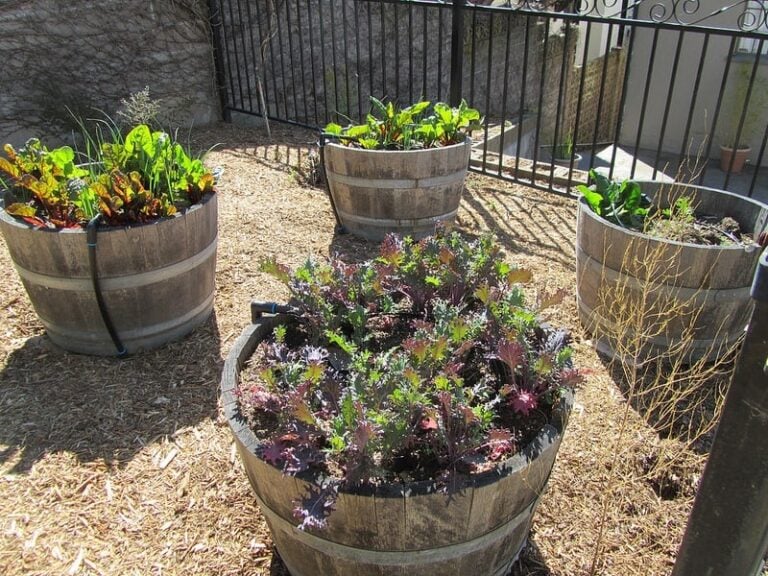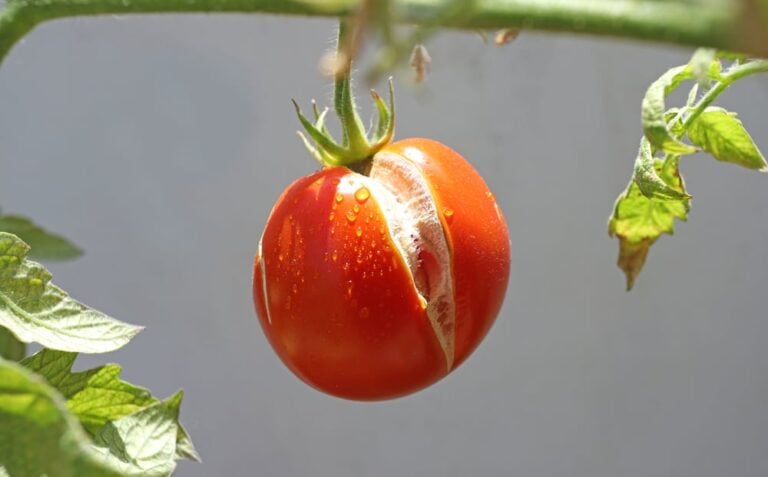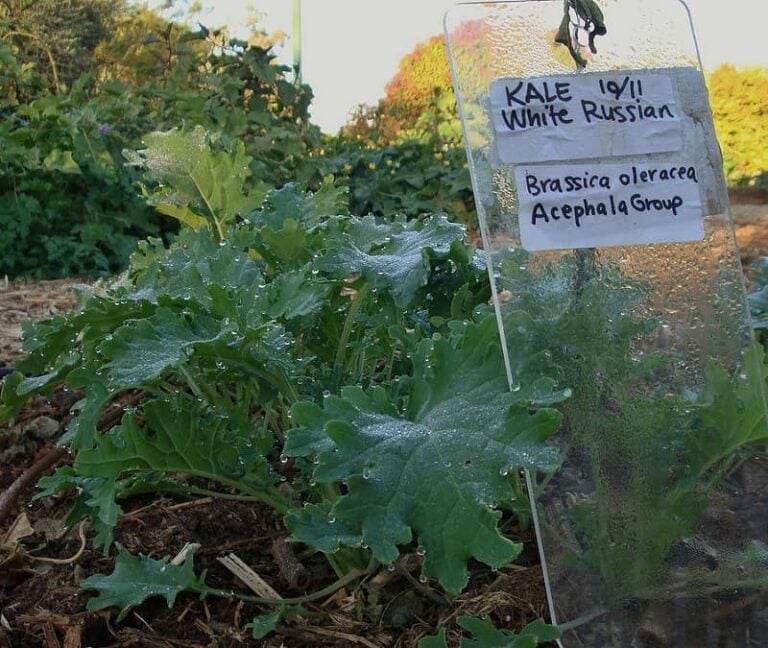New Ways of Growing Marjoram
You can grow marjoram from seeds, cuttings or transplants, although it’s often tricky to get the plant going from seed. Once in the garden, marjoram is pretty easy to grow and doesn’t need much in terms of care, since it thrives in poor soil. The one thing you want to avoid doing is over watering the plant, as too much moisture can lead to disease. If you live in colder area and want to grow marjoram all year, growing it in a container is ideal.
Starting Marjoram
Marjoram is technically a perennial, meaning that although its foliage dies back at the end of the growing season, its roots and crown continue to live under the soil and will begin to grow again when the weather warms up.
It is a tender perennial, which means it usually doesn’t survive the cold of winter in all but the warmest of areas. It is only hardy to zone 9 in the US, according to the National Gardening Association. For that reason, many gardeners start marjoram from scratch at the beginning of the season.
Like many herbs, you can either plant marjoram seeds or start from a transplant. Marjoram can be slow to get going when started from seeds, as it needs soil temperatures around 70 degrees, according to Harvest to Table.
If you are going to plant seeds, start them inside about four weeks before the last frost in your area. Starting indoors allows you to provide an adequate amount of warmth to help the seeds germinate.
To help the seeds germinate, you can soak them in water the night before you plant them. When planting the seeds, bury them about 1/4 inch deep in the soil. You can sow a thin layer of seeds over the soil, then thin the seedlings later, so that yours plants are about 6 inches apart.
Starting Transplants
You can save effort and a considerable amount of hassle if you skip the seeds and decide to start with a marjoram seedling or transplant.
One option is to start with a cutting of marjoram, taken from a friend’s plant or even from a sprig you purchased at a supermarket.
The video from the Weekend Gardener is helpful if you are thinking about starting a marjoram plant from a cutting. She shows you how to pick herbs from the supermarket and walks you through the process of getting the cutting going.
To plant transplants in your garden, Bonnie Plants recommends placing the seedlings about a foot apart in the soil. Wait to plant the seedlings outdoors until the danger of frost in your area is well past.
Care for Marjoram
Your marjoram plant will grow best in a spot that gets plenty of sunlight everyday and in a spot that has well-drained soil. You want a fairly neutral soil, with a pH between 6.7 and 7.0.
You don’t have to worry about feeding your marjoram or about planting it in particularly fertile soil. As long as the soil isn’t waterlogged, marjoram can survive with a limited amount of nutrients. If you do want to amend your soil, you mix in a slow-release fertilizer or some compost before planting.
How much water marjoram will need will vary throughout the growing season. Keep the soil consistently moist when starting the seeds and right after transplanting the seedlings into your garden. Once the plant has started to grow, you can cut back on watering.
Mature marjoram prefers drier conditions, so it’s ideal to let the soil dry out somewhat between each watering.
Pruning and Harvesting Marjoram
There are a few benefits to keeping marjoram well pruned. One, regularly cutting back the leaves lets you harvest them for use in cooking or for drying for storage and later use.
Two, you are able to control its growth habit and shape when you prune it regularly. You can start pruning the plant when it’s about six inches tall, so that it develops a bushy shape and doesn’t become leggy, according to the University of Illinois Extension.
https://youtu.be/qSh2yh_gx4A
If you’re unsure how to go about pruning or harvesting marjoram, the video above from Brona Keenan is helpful. In it, she shows you where on the plant to cut to allow for new growth.
Marjoram Problems
Although it’s a fairly resilient plant, marjoram can be susceptible to diseases, especially if grown under wet conditions. Humidity and excess moisture can lead to issues including downy mildew, grey mold and rust. To reduce the risk for diseases, pay attention to the moisture levels around the plant.
If you see signs of disease, such as grey or white mold on the stems or leaves or dark spots on the leaves, the best thing to do is usually to remove and destroy the plant and start over again.
Growing Marjoram in a Container
Marjoram does well when grown in a container. In fact, if you live in a colder area and want to grow marjoram year round, growing it in a container is ideal. You can bring the container indoors when the weather becomes too cold.
To grow in a container, your marjoram plant will need potting mix, sunlight and adequate drainage. Choose a pot that is at least six inches wide and that has a drainage hole in the bottom. If you find a container that you love that doesn’t already have a drainage hole, you can make one yourself with a drill or a hammer and nail.
A windowsill that faces south will usually provide enough sunlight for your plant to survive. If you are going to put the container outside, choose a spot that gets full sun everyday.
You’ll want to carefully monitor the soil’s moisture when growing in a container. Since they are in cramped quarters, container-grown herbs often need more water than those grown in the ground, even herbs that usually thrive in dried conditions. You may need to water your marjoram daily when it’s in a container.






